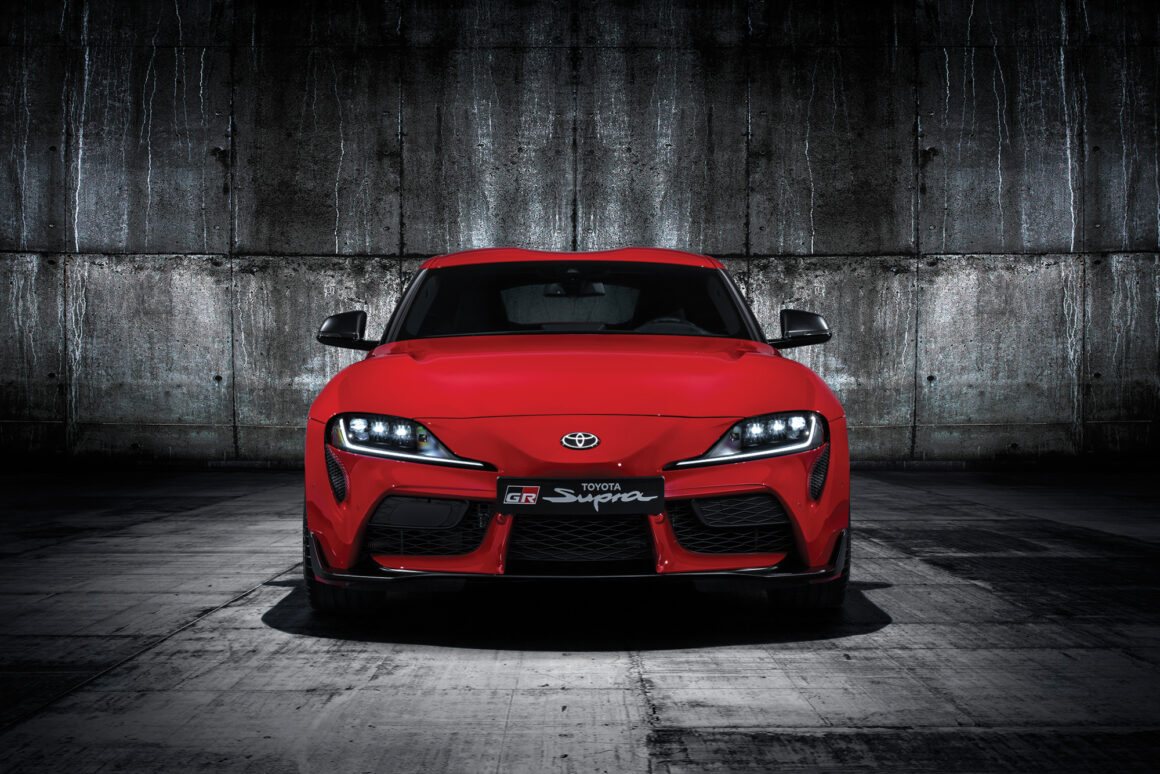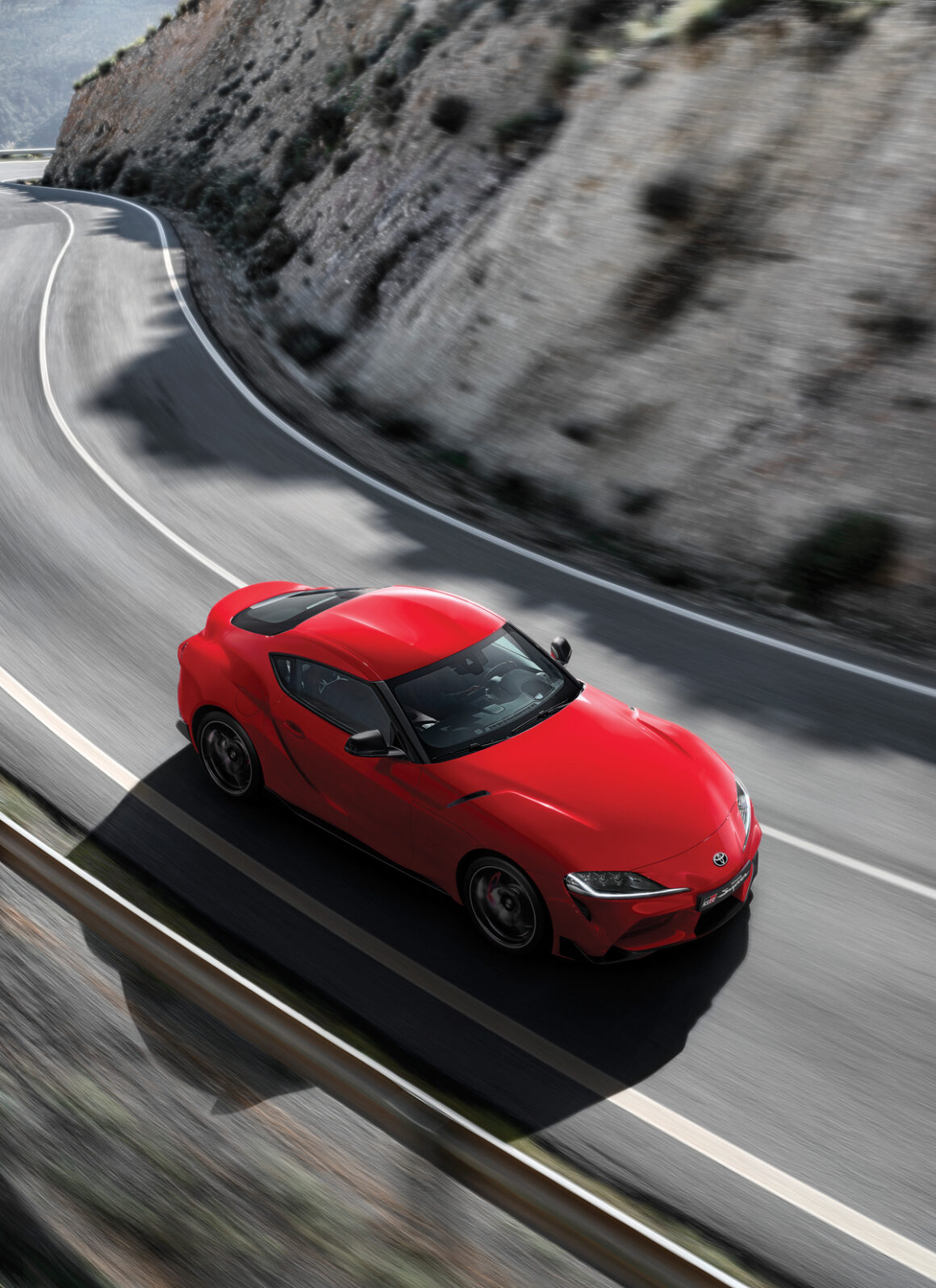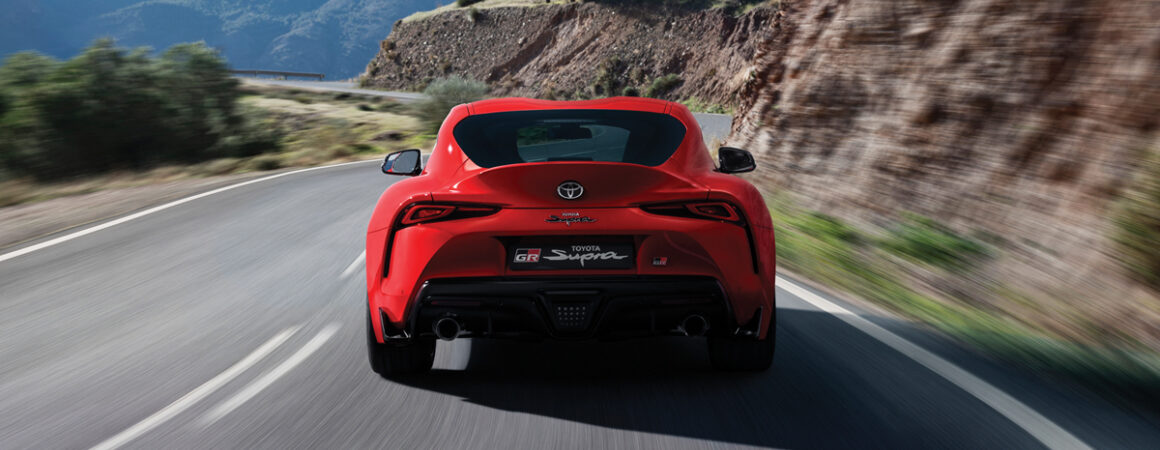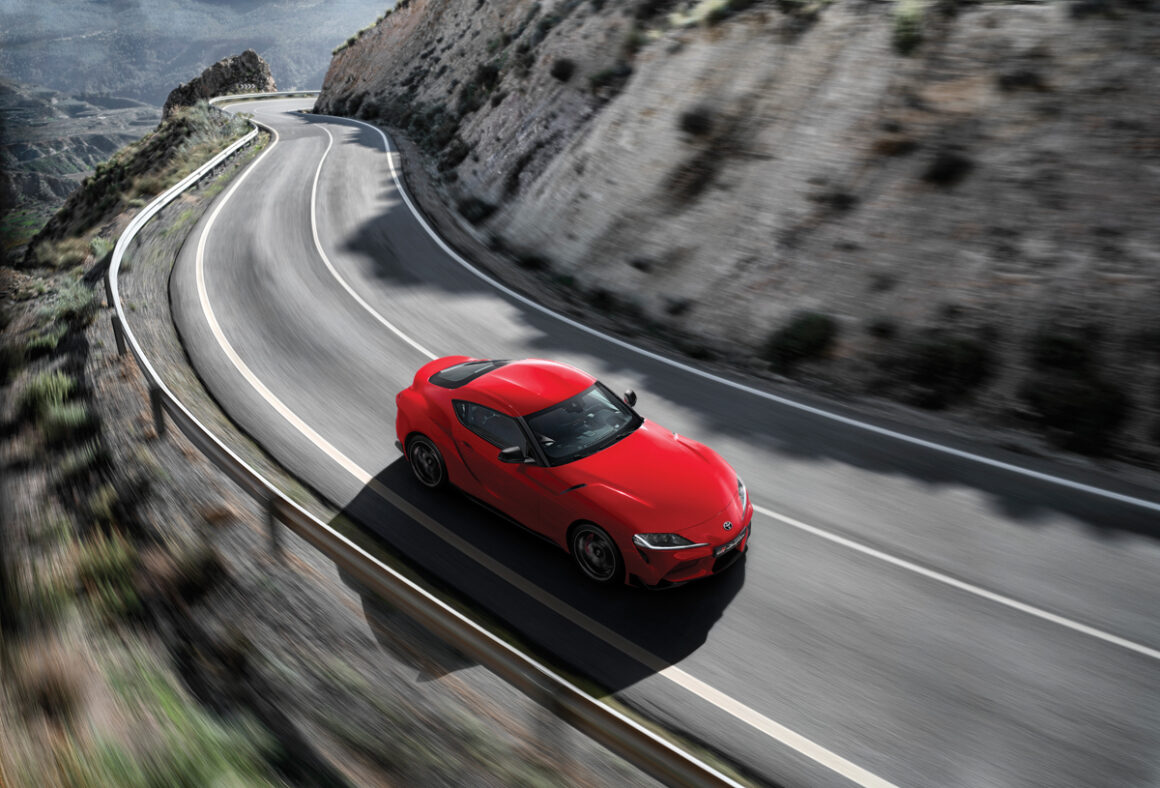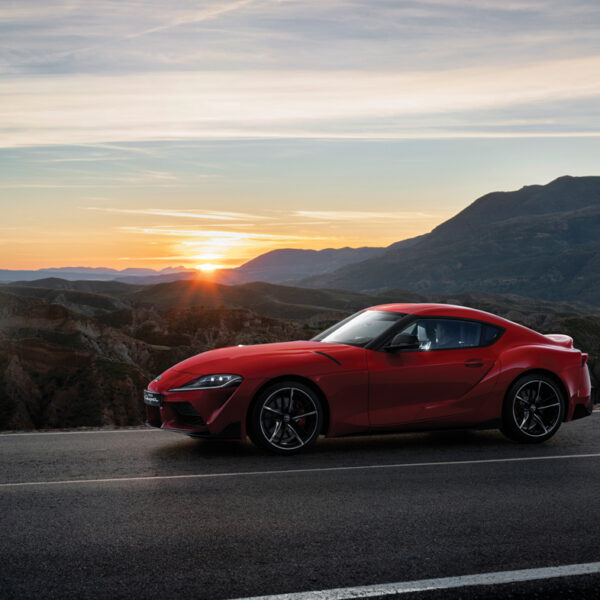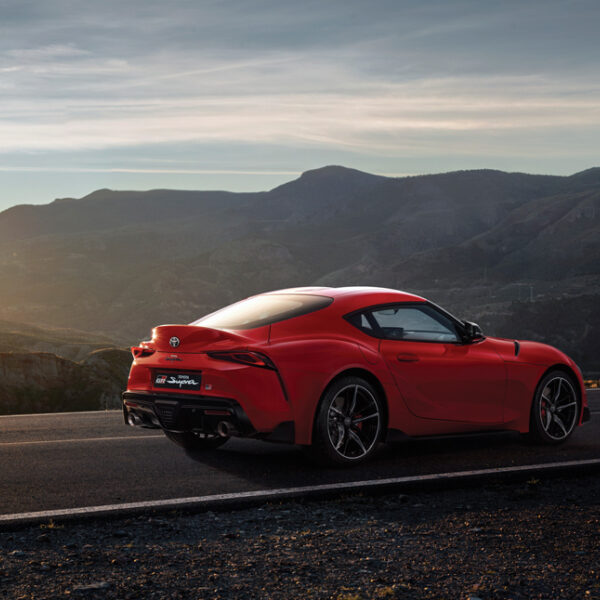Toyota GR Supra
The iconic Japanese performance nameplate returns after years in the wilderness.
Toyota tends to reinvent cars from their past. The GR Supra is the fifth generation in their current line-up whose been resurrected, reworked and had its name glued to the back of a brand-new model.
It’s been more than 20 years since the badge last appeared. Under the bonnet the Supra shares an engine, gearbox, and large chunks of the interior, with the latest BMW Z4. But this partnership is different, because the Supra badge has history that places it front and centre in Japanese car culture, alongside the Honda NSX and Nissan GT‑R.
Says Akio Toyoda, the president of Toyota, himself a known petrolhead: “Supra is like an old friend that holds a special place in my heart”, and yet rather than building a bespoke halo car from scratch, the world’s largest car company has chosen to ship in large chunks of a moderately well regarded German roadster. And build it in Austria.
Toyota’s version has history with the straight-six layout, which the new Supra would need to use — but Toyota don’t build them anymore and doing so would need not only an all-new engine design, but a whole engine plant. So, they sought a partner, and as far as straight sixes go, BMW is the only viable option.
One can forgive the BMW engine, but it’s hard to forgive the cabin. The Supra is a BMW inside with a lightly disguised iDrive infotainment system and lots of BMW switches, stalks and other controls. The cabin is tight, but the driving position is great. You sit low, with the standard wrap-around seats providing support. Over the shoulder visibility is poor, elsewhere it’s good enough, but it’s a squash for tall drivers. There’s no physical barrier between the cabin and boot. The consequence is that the interior turns into something of an echo chamber once moving.
The Supra has striking good looks. It’s a two-seater, rear-wheel drive sports car, with an eight-speed automatic/paddle gear box mated to a 3.0‑litre straight six turbo BMW engine — which has been retuned by Toyota, delivery 335bhp and 369lb. This means you don’t need to rev it at all hard for it to feel muscular, although you probably will anyway for its pleasing baritone, pops and crackles from the exhaust, should you find yourself in Sport mode. Toyota wasn’t striving for an outright performance car, their goal was to design the Supra to be fun above all else.
It’s an unusually good ride, comfort even – and it doesn’t take long to understand the car. It’s hugely tractable and responsive engine packs an impressive punch. The re-imagined Supra has switched from being a Gran Tourer to a ‘pure sports car’. It gets off to a good start by being very low, very wide and rather stubby (it takes up a lot more road space than it’s competitors). This means it has a super-low centre of gravity and should feel exceedingly agile in the bends.
However, the real fun is found in how the Supra involves you in the process of going quickly. You’ll feel subtle messages about the road surface filtering up through the pleasingly thin-rimmed steering wheel, and a keen driver can choose how the car takes a corner. Leave all the electronics turned on, and the Supra is a precise tool with fantastic balance. Turn them off, though, and you can use the accelerator pedal to steer the car out of a corner.
There are currently just two versions to pick from: the regular Supra (£53k) and the Supra Pro (£54k). The former gets all the toys, and the Pro gets additional leather seats, a better stereo, head-up display, wireless phone charging and ambient lighting.
But do you want to own one? While it’s very good, it’s not quite that good. Not yet, perhaps. Make no mistake, the fifth generation Supra has loads of strength and dynamic reserve, and plenty of likeability too with its muscly, straight-line performance, and fantastic looks. But the car’s cabin leaves too much room to wonder exactly how much truly distinctive Supra DNA really has been invested here.
What Toyota have done here is build a better BMW.
